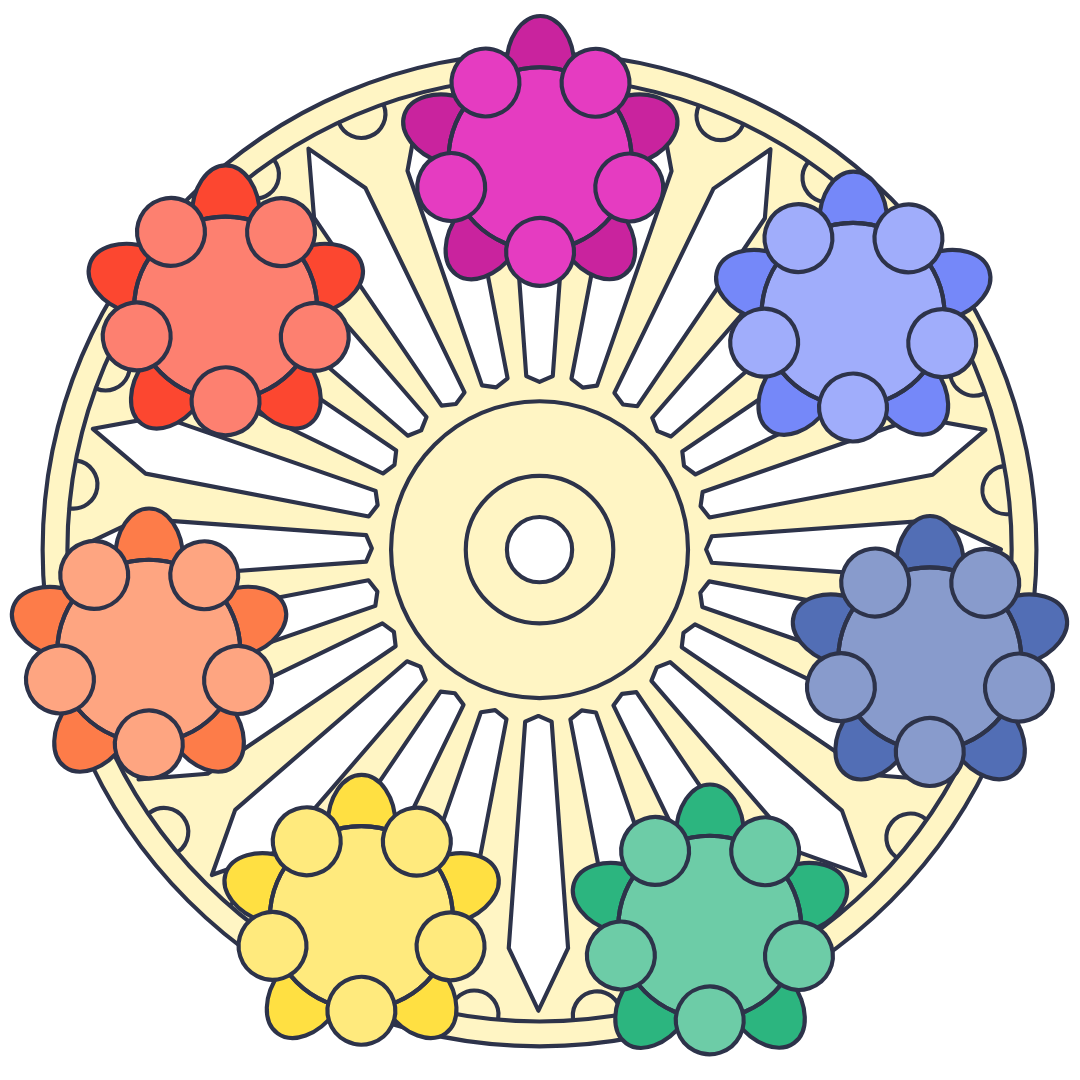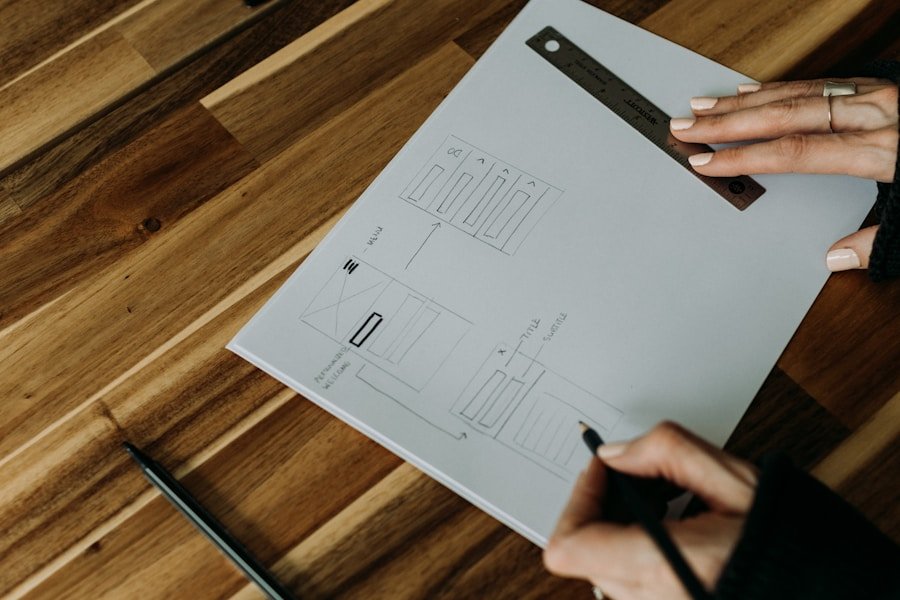Traditional user experience (UX) models have long been the standard in the design and development of digital products and services. These models typically follow a linear approach, with a focus on the user’s journey from start to finish. This linear approach often involves a series of steps, such as research, design, testing, and implementation, with the goal of creating a seamless and intuitive user experience.
One of the most common traditional UX models is the waterfall model, which involves a sequential process of design and development. This model is often criticized for its rigidity and lack of flexibility, as it does not easily accommodate changes or iterations. Another traditional UX model is the iterative model, which involves repeating cycles of design, testing, and refinement. While this model allows for more flexibility and adaptation, it still follows a linear progression and may not fully capture the dynamic nature of user experiences.
Overall, traditional UX models have been effective in creating user-friendly products and services, but they may not fully capture the complexity and interconnectedness of modern digital experiences.
Exploring Circular User Experience (UX) Models
In contrast to traditional linear models, circular user experience (UX) models offer a more dynamic and holistic approach to design and development. These models are based on the idea that user experiences are not linear, but rather cyclical and interconnected. Circular UX models emphasize the ongoing nature of user interactions and the need for continuous iteration and improvement.
One example of a circular UX model is the double diamond model, which involves divergent and convergent phases that loop back on each other. This model encourages designers to explore a wide range of possibilities before narrowing down to a final solution, and then revisiting and refining that solution based on user feedback. Another circular UX model is the spiral model, which involves iterative cycles of design, implementation, and evaluation. This model emphasizes the importance of ongoing learning and adaptation throughout the design process.
Overall, circular UX models offer a more flexible and adaptive approach to design and development, allowing for continuous improvement and innovation in response to changing user needs and behaviors.
Comparing the Benefits of Traditional and Circular UX Models
When comparing traditional and circular user experience (UX) models, it is important to consider the unique benefits that each approach offers. Traditional UX models are often praised for their structured and systematic approach to design and development. These models provide a clear roadmap for the design process, with defined stages and deliverables that help ensure a consistent and high-quality user experience.
On the other hand, circular UX models offer a more flexible and adaptive approach to design and development. These models emphasize the ongoing nature of user interactions and the need for continuous iteration and improvement. Circular UX models also encourage designers to explore a wide range of possibilities before narrowing down to a final solution, which can lead to more innovative and user-centered designs.
Ultimately, both traditional and circular UX models have their own unique benefits, and the most effective approach will depend on the specific goals and constraints of a given project.
Examining the Limitations of Traditional and Circular UX Models
While traditional user experience (UX) models have been effective in creating user-friendly products and services, they are not without their limitations. One of the main criticisms of traditional UX models is their rigidity and lack of flexibility. These models often follow a linear progression that may not fully capture the dynamic nature of user experiences, making it difficult to accommodate changes or iterations.
On the other hand, circular UX models also have their limitations. These models can be more complex and time-consuming to implement, as they require ongoing iteration and refinement throughout the design process. Additionally, circular UX models may not be suitable for all projects or organizations, particularly those with strict deadlines or limited resources.
Overall, it is important to recognize that both traditional and circular UX models have their own limitations, and the most effective approach will depend on the specific goals and constraints of a given project.
Implementing Circular UX Models in Practice
Implementing circular user experience (UX) models in practice requires a shift in mindset and approach to design and development. One key aspect of implementing circular UX models is embracing the idea of continuous iteration and improvement throughout the design process. This may involve regularly gathering user feedback, testing prototypes, and refining designs based on real-world usage.
Another important aspect of implementing circular UX models is fostering a culture of collaboration and learning within design teams. This may involve breaking down silos between different disciplines, such as design, development, and marketing, in order to create a more holistic and integrated approach to user experience.
Overall, implementing circular UX models in practice requires a commitment to ongoing learning and adaptation, as well as a willingness to embrace uncertainty and change throughout the design process.
Case Studies: Success Stories of Circular UX Models
There are numerous success stories of organizations that have embraced circular user experience (UX) models to create innovative and user-centered products and services. One notable example is Airbnb, which has continuously iterated on its platform based on user feedback and data analysis. By embracing a circular approach to design and development, Airbnb has been able to create a highly personalized and intuitive user experience that has revolutionized the travel industry.
Another success story is Spotify, which has used a circular UX model to continuously refine its music recommendation algorithms based on user behavior. By gathering data on user preferences and listening habits, Spotify has been able to create a highly personalized and engaging music streaming experience that keeps users coming back for more.
Overall, these case studies demonstrate the power of circular UX models in creating innovative and user-centered products and services that meet the evolving needs of users.
The Future of User Experience: Embracing Circular UX Models
As digital experiences continue to evolve in complexity and interconnectedness, it is clear that traditional linear UX models may not fully capture the dynamic nature of modern user interactions. In response to this shift, there is a growing trend towards embracing circular user experience (UX) models that offer a more flexible and adaptive approach to design and development.
The future of user experience will likely be shaped by organizations that are willing to embrace uncertainty and change throughout the design process, as well as those that foster a culture of collaboration and learning within design teams. By embracing circular UX models, organizations can create innovative and user-centered products and services that meet the evolving needs of users in an increasingly digital world.
Overall, the future of user experience lies in embracing circular UX models that offer a more dynamic and holistic approach to design and development, allowing for continuous iteration and improvement in response to changing user needs and behaviors.

